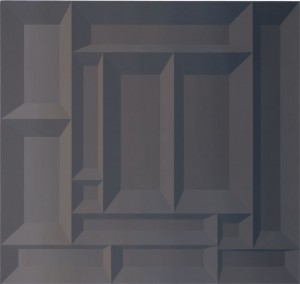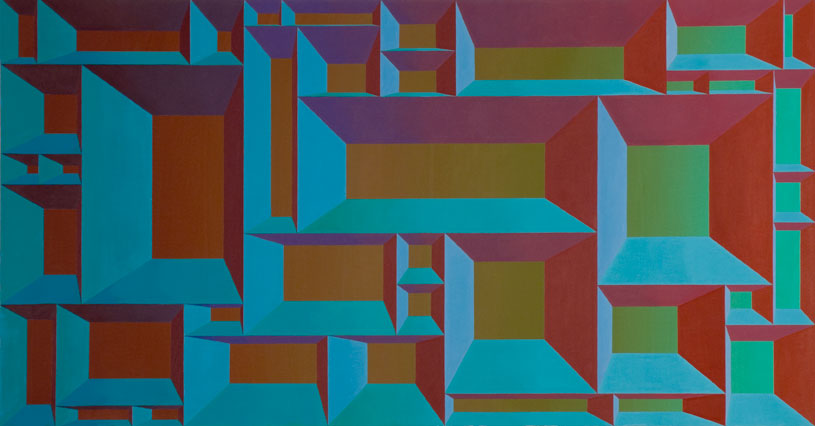Ross Neher has described himself as a practicing painter and a partisan in the rough-and-tumble New York art world. In his book, Blindfolding the Muse: the Plight of Painting in the Age of Conceptual Art (1999), he sets down valuable—and contentious—arguments in defense of the art of painting. The art, mind you; not the concept. He addressed his book to sophisticated laymen, the very audience savvy enough to know there are two art worlds.
One is the self-selected circular nexus of galleries, institutions, auctions houses and press outlets that celebrate a $12 million stuffed shark or the latest banality to receive the Whitney’s Bucksbaum Award. Then there is that other art world in which serious, working professionals share love of craft and pictorial traditions; they measure themselves—and each other—in conversation with centuries of achievements larger than the trends of the moment.
This is an art world which takes a cue from John Constable’s insistence: “Painting is a science.” Neher is an estimable figure in this world, one in which attention to light and atmosphere is one of an artist’s primary obligations.
His current exhibition, Sanctuary, is an impressive ensemble of 8 paintings from the Sforza series the artist began in 2003. The work is on view at 210 Gallery, a relatively new venue in Brooklyn.
It is precisely in such smaller, more fragile spaces that the “sophisticated layman” can find respite from the canned self-expression that characterizes much of the contemporary gallery scene.
Neher has a distinctive gift for tonal subtleties. It appears almost uncanny in monochromatic works that bypass the seductions and distractions of color. Look at Gray Faro. Seen in the flesh, the painting is a rich concert of grays mixed from palette colors, not taken from the tube. Part of the pleasure of the work lies in determining precisely which colors achieve the mysterious resonance of what we call gray.

Barry Schwabsky, writing about Neher’s work in “The Message of Painting,” made the single most trenchant comment on it: “As one keeps looking, these rectangles of subtly modulated color reveal themselves, not as surface, but as pure space, pure light—immeasurable depth, absolutely unrelated to the relative depths constructed by perspective. Could this perception, perhaps, be the ultimate message of painting?”

NOTE: Painter Paul Corio has a useful commentary on Sanctuary on his own weblog. Scroll down to the comment section.


